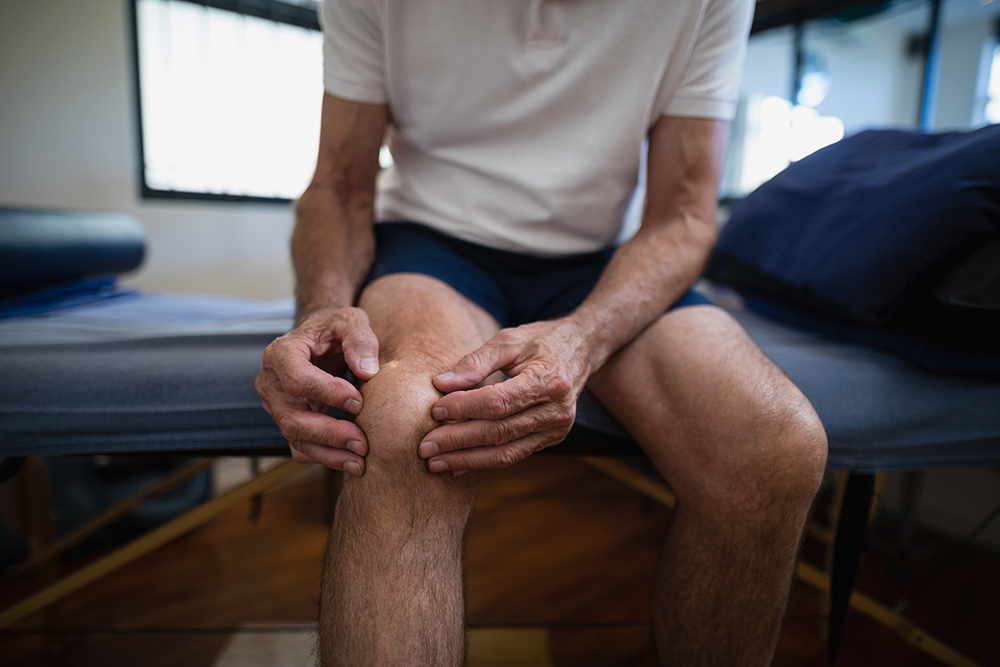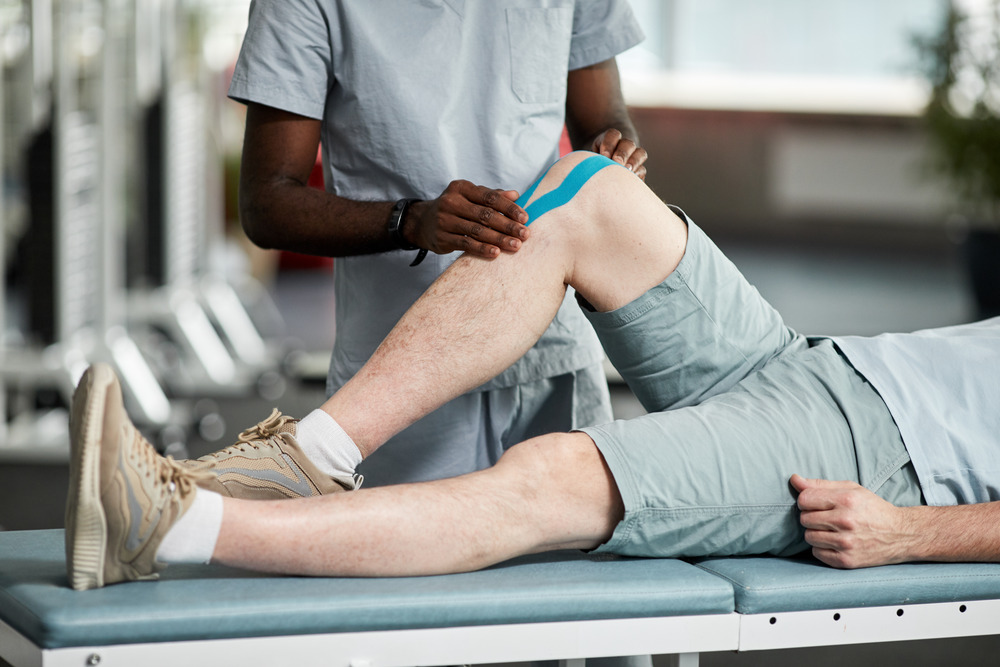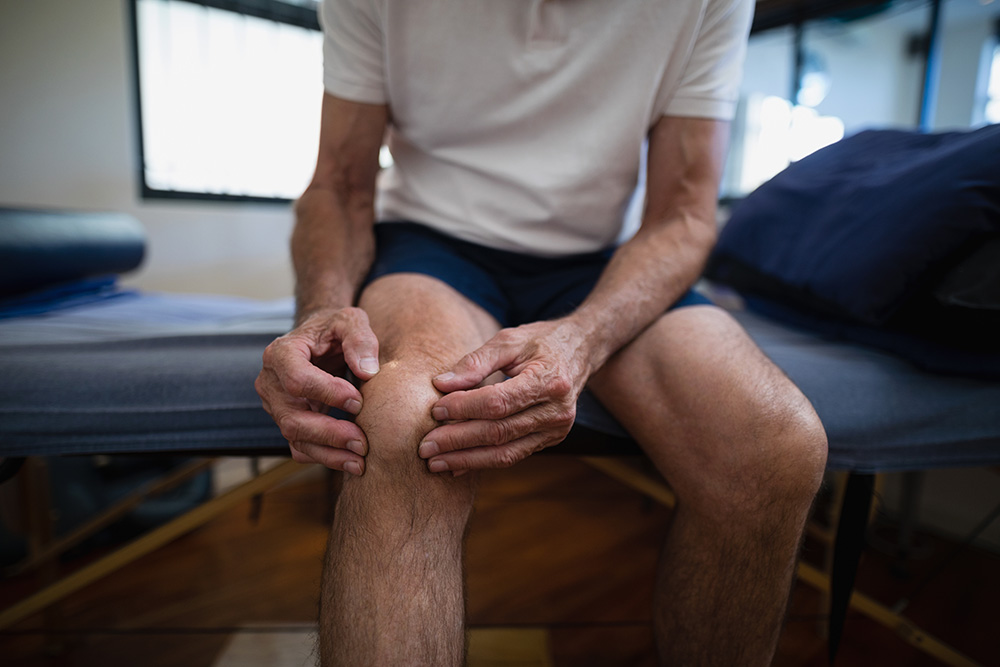It is estimated that over 10 million MD visits per year are related to some type of knee pain. Read on for some information on the anatomy and structures around the knee, factors influencing knee pain, and a few basic exercises that may help alleviate your symptoms.
The knee consists of three main bony structures (femur/thigh bone, tibia/shin bone, and patella/kneecap) that are covered in articular cartilage to ensure smooth gliding of the bones along one another. The meniscus of the knee help to provide cushioning and shock absorption. They are wedge shaped in nature and add some stability in addition to shock absorption. There are also four ligaments (ACL, MCL, PCL, and LCL) that provide a significant amount of stability throughout the knee with each ligament helping to stabilize the knee in a certain plane of movement. In addition to these structures there are numerous muscles and tendons that surround the knee to produce motion and supply additional support.
Knee pain is one of the most common things that we see at Lattimore PT with osteoarthritis of the knee (OA) and degenerative meniscus tears (normal “wear and tear”) of the knee making a large percentage of this. Lots of times when people hear knee arthritis or meniscus tears they think that they automatically need surgery. In a lot of cases these types of knee issues can be managed successfully without surgery!
This review of clinical trials of surgery for knee pain and OA with meniscal tears vs. physical therapy concluded that “a trial of nonoperative management should be the first-line treatment for such patients.”
So, you might be wondering: “If I have arthritis and degenerative changes in my knee how can PT help?”
The answer to this is relatively simple. If we can prescribe a home exercise program designed to improve mobility of your knee and to strengthen all of the structures around it this will begin to reduce the stress and inflammation around your knee eventually reducing your complaints.
These exercises need to be specific to your conditions and designed to work on your specific impairments all while not adding extra stress to the areas with wear and tear. If you begin doing steps, squats, and lunges these could potentially only make things worse. We will usually start initially with non-weight-bearing exercises that will allow you to strengthen your leg without the added compression and irritation through the joint.
A few examples of basic exercises we might start with would include:
Straight Leg Raise: these strengthen the front of the hip and thigh adding stability to the knee. We would usually prescribe 1–2 sets of about 15 repetitions
Side-lying Hip ABD: this exercise strengthens a few specific glute (hip) muscles that help to provide support and stability through the hip joint. The hip and knee are different ends of the same bone so if it is weak at one end — this will affect the knee too!
Seated Hamstring stretch:placing your foot on the ground with your leg straight out in front of you and leaning forward slightly you will be able to feel a pull in the back of your leg to stretch out your hamstrings.
There are countless exercises that could be prescribed for this condition. These two basic strengthening exercises and the hamstring stretch are just the beginning. Your PT would also work on mobility of the knee joint, stretching the muscles around it, and eventually progress these exercises to help you along your road to recovery to get you feeling good again! As with any exercise program you always want to begin gentle and make sure that the exercises do not cause any pain or irritation.
If you are having knee pain — or any pain for that matter -we strongly encourage you to consult with any of our highly trained physical therapists! Visit our locations tab to find the clinic closest to you or call 1–888-PT-ROCHS today and enter your zip code when prompted to be automatically redirected!
The Lattimore Physical Therapy & Sports Rehabilitation Network was founded by Physical Therapists John and Cindy Shuman in 1992. Since then Lattimore has grown to 20+ locations in 4 different counties.
What’s unique about Lattimore is our patient experience. We tailor your 1:1 treatment around your individual needs, conditions and goals. With us, you’re more than just a number. You’re a member of our local community and we’re invested in your success. Call 1–888-PT ROCHS to experience The Lattimore Way!
Follow us on social media
If you enjoyed this blog, please share with your friends!






